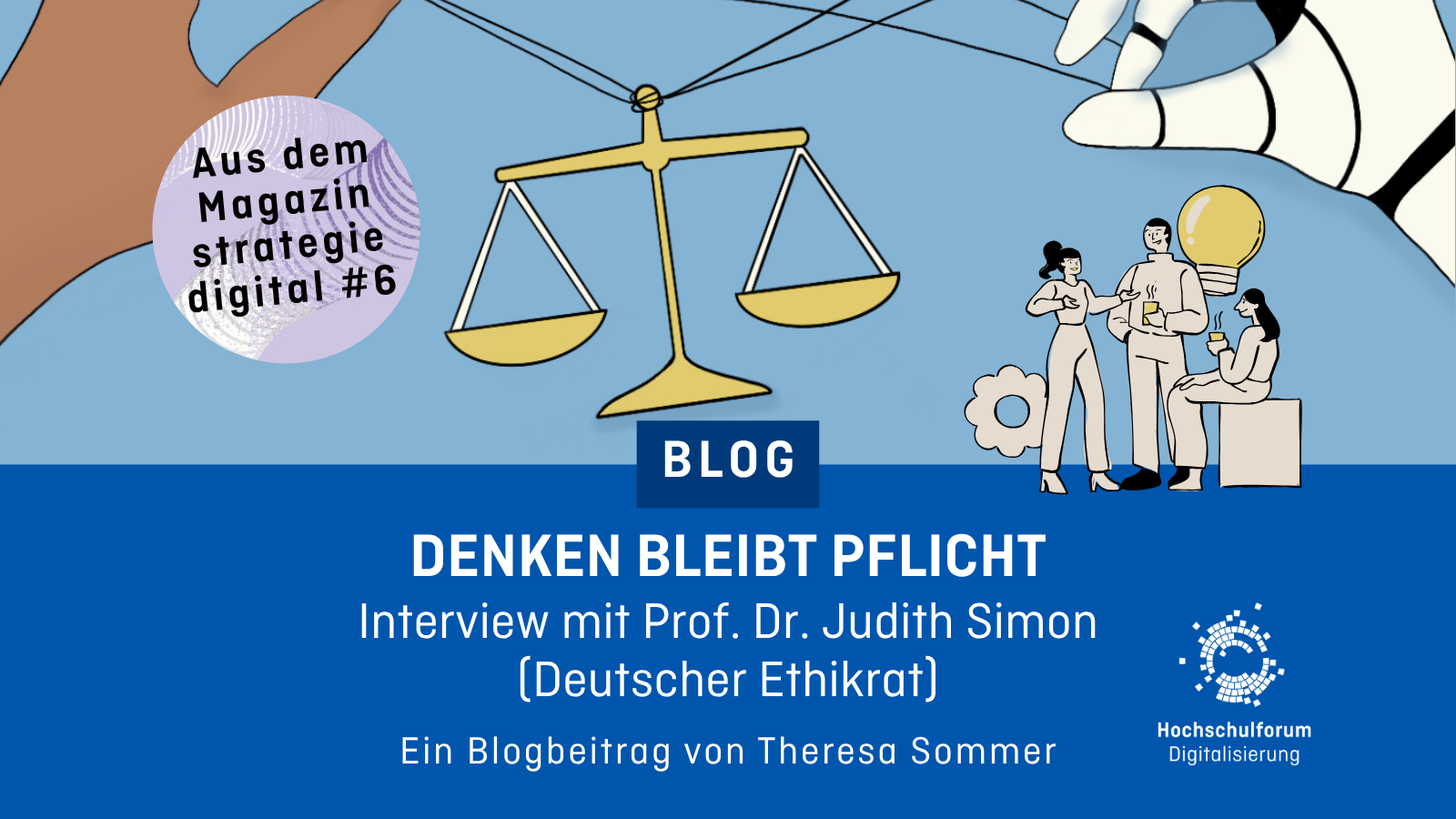“Existing education models are inefficient” – Interview with Bror Saxberg
“Existing education models are inefficient” – Interview with Bror Saxberg
18.09.17![Future. Photo: [https://unsplash.com/photos/2ugtRrYMLLk Samuel Zeller]](https://hochschulforumdigitalisierung.de/wp-content/uploads/2023/09/samuel-zeller-82156.jpg)
Dr Bror Saxberg is Vice President, Learning Science at the Chan Zuckerberg Initiative (CZI), a philanthrophic organisation that aims at improving education and science. Bror Saxberg is responsible for CZI’s thinking about how to expand and apply learning science results and good learning measurement practice at scale to real-world learning situations across the full span of learning. Saxberg most recently served as Chief Learning Officer at Kaplan, Inc. where he was responsible for the research and application of innovative evidence-based learning strategies, technologies, and products across Kaplan’s full range of educational services offerings. Saxberg received an Honors BA in Mathematics and a BS in Electrical Engineering from the University of Washington, an MA in mathematics from Oxford University, a PhD in electrical engineering and computer science from MIT, and an MD from Harvard Medical School.
On the last day of the Global Learning Council (GLC) Summit 2017 in Berlin, we sat down with Dr Saxberg to reflect on some of his insights about present educational trends.
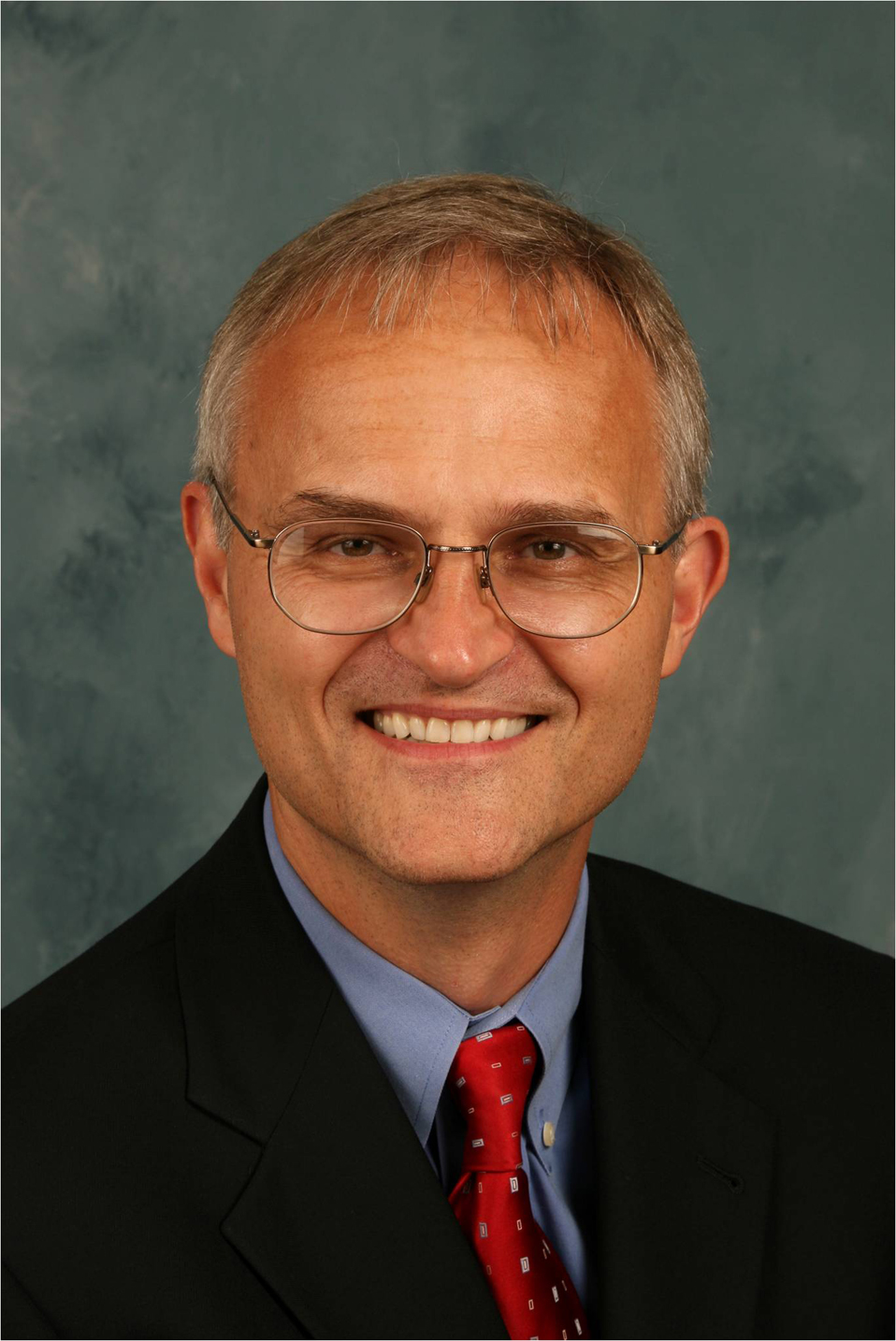 Mayank Mudgil: Let us start off with some history, would you like to walk us through the path that lead you to work in the way you do in learning?
Mayank Mudgil: Let us start off with some history, would you like to walk us through the path that lead you to work in the way you do in learning?
Bror Saxberg: It took a while. I started as a college student doing a summer project at the Jet Propulsion Laboratory (JPL) in Pasadena in California. I was looking at how JPL could apply some of their communication research ideas to something other than space. I told them the most interesting and valuable area to apply their coding theory expertise I could think of was how the brain stores and processes information, and that if they were amenable, I would work on that for the summer. I’m sure they were thinking, “What a terrific summer project for a college student – to figure out how the brain codes and stores information! Yikes!,” but they did let me spend the summer working on that. I only made little progress – it’s complicated! – However, I ended up catching this bug around trying to understand the intersection between information theory, mathematics, computation, brain function, and the mind. Ever since then I have done a series of assignments along those lines.
I started by doing research work. I pursued an M.D. and a PhD to get the most coverage of biology and relevant technical areas. I went to do human and machine vision research at MIT’s Artificial Intelligence Laboratory, working with an interdisciplinary group of people who were roboticists, computational neurobiologists, neuroscientists and others. (All of us were trying to solve each other’s problems because our own problems were too difficult!)
After finishing my PhD research, I realised that the best researchers knew how to put ideas, people, resources, and money together and get them to all go in the same direction, and I wanted to learn how to do this well – typically research training itself does not prepare you for this. So I went to a management consulting company, McKinsey and Co., and spent five years there. That was longer than I expected, but I ended up really attracted by the idea of making an impact at scale.
When I was leaving McKinsey, it was the mid-90s, just when the CD-ROM was getting popular as an education technology in the US. I jumped into that industry and since then have worked on a series of assignments at the intersection between cognitive science, curriculum, assessment, and technology, but always working at scale, always trying to bring things out into the real world and not just publishing research.
As I think about it, my title is “Chief Learning Officer for Kaplan Inc,” but I think of myself as Kaplan’s “Chief Learning Engineer”: my goal with many colleagues across Kaplan has been to apply learning sciences at scale to solve real world problems within the constraints that everyone winds up having.
![Future. Photo: [https://unsplash.com/photos/2ugtRrYMLLk Samuel Zeller] Future. Photo: [https://unsplash.com/photos/2ugtRrYMLLk Samuel Zeller]](/sites/default/files/images/blog/samuel-zeller-82156.jpg)
Mayank Mudgil: Do you think the future of education is to build more expert-generalists or defined-specialists?
Bror Saxberg: That is a very good question – not sure I have a crystal ball! It could go in several directions at once. If you think about what would make people valuable in the future, in 20 or 30 years, you have many information-rich tools like AIs and robots doing a lot of interesting things alongside people. What is it that the people will uniquely be able to contribute in such a work environment?
I heard a nice way of thinking about this from an investor in Australia, Christopher Selth. He pointed out that one thing people are uniquely good at doing is giving each other meaning to what they are doing, the life-stages they are in, the challenges they are having. For example, it is one thing for a medical diagnostic information tool to say “you are going to have surgery and there is a 75% chance that you will lose the use of your left leg.” Let’s assume this is, indeed, based on the best evidence, personalised to the patient, considering the best care available, etc. However, this rational information is not enough to “treat” a person – we are not merely information recipients! It is now a human being who has to come to grips with high odds that they may be and feel, disabled for the rest of their lives. Even with the facts of treatment, physical therapy, terrific new robotic technology for replacement, the personal and family dimensions of coming to terms with this for many people may be importantly served by another person, not simply more information or different media. Another person as a human being can understand what is like to be fearful of an outcome, or worried about a condition which involves complex human social dimensions.
![Will robots do the surgery in the future? Photo: [https://unsplash.com/photos/U4FyCp3-KzY Piron Guillaume] Will robots do the surgery in the future? Photo: [https://unsplash.com/photos/U4FyCp3-KzY Piron Guillaume]](/sites/default/files/images/blog/piron-guillaume-367208.jpg) There used to be a stereotype of a “jerk surgeon”, a surgeon who was very off-putting for patients but had “hands of gold” in the operating theatre which made him extraordinarily valuable. It’s possible that in a few years, the hands really will be made of gold: it will be robots doing complex surgery. In that new surgical environment, we may need most of our surgeons to be ever more deeply involved in effective communication with patients.
There used to be a stereotype of a “jerk surgeon”, a surgeon who was very off-putting for patients but had “hands of gold” in the operating theatre which made him extraordinarily valuable. It’s possible that in a few years, the hands really will be made of gold: it will be robots doing complex surgery. In that new surgical environment, we may need most of our surgeons to be ever more deeply involved in effective communication with patients.
Another way people can remain competitive is through multiple specialisations. Research on expertise by Anders Ericsson and others shows that it takes about ten years of well-designed deliberate practice to become world-class at a career or set of tasks. (Think about architects, lawyers, doctors – it takes around ten years to become a fully accepted practitioner/partner.) If we begin to prepare for our career(s) in our early twenties, and we all are living and being productive through our 80’s, 90’s, and perhaps beyond, it looks like we will have five, six, or even more 10-year stretches at our disposal to become good at many things.
It may well be that an AI or a robot can become more skilled at many technical aspects of each profession or domain at that point – as an accountant or a doctor, it could become malpractice to ignore the carefully tuned advice of the AI assisting me without very good reasons. However, the creativity that comes from combinations of expertise in one mind is likely to remain uniquely human.
For example, imagine someone who has amassed world-class competency as a gardener, roboticist, business expert, lawyer, over several decades. This is an excellent mind to start the world’s first and best robot-gardening enterprise, because they know what gardening needs, they know how robots work, they know how to put together a business plan, and as a lawyer they can prepare for anything accidental (those sharp garden shears!) that may happen in the future. A computer is not (soon) going to be good at the creative clashing together of all these expertises to make something new happen in the world.
Think about the combinatorics of this as well. Imagine there are 500 different major kinds of expertise that can be specialised in (there are likely more). Now see what happens when you begin to combine different expertises together over a career (not all of them might go together, but this is a thought experiment): pick one of 500 to begin with, then one of the 499 remaining for your next decade, then one of the 498 remaining for the next decade, and so on. There are more than ten to the sixteenth power unique combinations if you go out six decades – plenty of choices for every one of our ten billion citizens to find a unique mix!
I am not sure how valuable it will be to be purely a generalist, with little expertise in anything because “the machines are so good,” or even because “I can look anything up.” In fact, looking up complex topics about which you have no deep background expertise is often not very helpful – try Googling “de Rham cohomology theory” to see what I mean! I might argue it will remain highly valuable to become expert at a number of things – the cross-combinations and insights will be valuable, even as each domain is increasingly guided by information-rich tools, and, as mentioned before, the ability to interpret the actions and decisions within domains in ways that people can understand within their context will also be valuable.
“Existing education models are inefficient”
Mayank Mudgil: So where do you see the flaws in the current education system and what are the challenges to overcome those shortcomings?
Bror Saxberg: I know more about US schools, but many other school environments use a similar kind of British-European model of teaching. First, we have to give credit to where credit is due: look how far our world has come with the learning environments that have been available to us for centuries, or millennia, depending on how you look at it! It is not correct to say “our learning environments have not allowed humanity to make progress”. On the contrary, most people live much longer; have better health; many people are out of poverty around the world. So we should not say “education is a failure” at all – it has allowed humanity to make tremendous progress.
However, it is fair to say that the existing education models are inefficient in the sense that many more people do not succeed than could. That has worked well for generations past, when we had many other things that people could do besides communicate, create, work across domains of expertise, but increasingly it is complex cognitive work that we need people to be set up to do to contribute to our world.
![Schools often lag behind technologically. Photo: [https://unsplash.com/photos/vZ8jUC14bgM Andrew Branch] Schools often lag behind technologically. Photo: [https://unsplash.com/photos/vZ8jUC14bgM Andrew Branch]](/sites/default/files/images/blog/andrew-branch-106863.jpg) For example, we are still not careful in clearly identifying and tracking what is needed to be successful in our rapidly changing real world. When I was in high school, we were still taught to use slide rules even when it was clear that calculators, just appearing in the 1970’s, were going to replace these skills – and really replace them, as they, and other tools, have. This issue of changing what is taught to match what is needed is even acuter now, as technology changes what experts need to be good at every few years, not every decade or so.
For example, we are still not careful in clearly identifying and tracking what is needed to be successful in our rapidly changing real world. When I was in high school, we were still taught to use slide rules even when it was clear that calculators, just appearing in the 1970’s, were going to replace these skills – and really replace them, as they, and other tools, have. This issue of changing what is taught to match what is needed is even acuter now, as technology changes what experts need to be good at every few years, not every decade or so.
Another issue is that the schools often treat ‘time’ as the fixed constant and ‘mastery’ as a variable. For many students, they fail to win the learning race against the clock every single day. However, think about it: you are interviewing me as if you think I am an expert; you do not care whether I graduated high school at 17, 18, or 19 years old. How fast I got to be an expert is not meaningful to you – and this is true for most work in the world, that the time it takes to reach mastery is not so important. This means our practice of making ‘how much did you learn in an academic year?’ the key measure of success, self-confidence, career sorting, etc. is likely not an efficient way to build the complex cognitive experience we need at scale across all our citizens.
Another piece we need is to ensure learning environments are well designed to match how human learning works, as opposed to how we wish it would work. Often the design of learning environments treats us as if we were tape recorders, able to be programmed by a simple download – a lecture or reading. That’s not how learning works. What we need to do in general is to have more of our time spent using the information we acquire to solve, to fix, to write, to do things with it. That activity (“active” is the key) is what simultaneously cements the information and how it can be used most securely.
One more piece that is often missing is a high quality performance-based assessment. Many assessments and evidence-gathering tasks constructed informally by teachers, writers, and domain specialists are often not tests of what the author intended – e.g., a story problem about an outcome in science or math may be more of a language, culture, or reading test. With conventional instruction (everyone gets the same stuff), since better or worse reading skills are often closely correlated with learning, using a reading test often gives you results that do parallel actual learning outcomes. However, if we want to build more efficient, more personalized learning environments, and we start to use these assessments to determine how much practice to offer, or even whether to offer a lesson at all, then giving a reading test in place of a well-designed, valid and reliable learning outcome measure may cause problems: learners, in the worst case, might be given credit for competencies they don’t actually have and not actually get instruction they need.
More generally, new methods for using the large amounts of data generated by technology-enhanced education experiences (predictive analytics, learning analytics, adaptive learning) all assume that the learning data on which the analytics rests really do reflect actual learning. If we do not do the work to ensure our learning performance tasks measure what we intend, we run the risk of doing sophisticated analyses that don’t appear to be taking learners anywhere – they’re focused on the wrong things.
These are a few of the things that I feel can be improved to make learning overall more efficient, effective, and more reliable.
![Fixing the flaws, keeping what works well. Photo: [https://unsplash.com/photos/kAtxgSqMWqk Patrick Schöpflin] Fixing the flaws, keeping what works well. Photo: [https://unsplash.com/photos/kAtxgSqMWqk Patrick Schöpflin]](/sites/default/files/images/blog/patrick-schopflin-38734.jpg)
Mayank Mudgil: What challenges do the schools face to fix the flaws that you described?
Bror Saxberg: I have profound respect for schools and teachers because they have a live performance task within a highly regulated environment. It’s understandable why it is regulated – it’s such an important part of building the best people we can for current and future work and society. However, the downside is that the regulations, the rules, the laws, the ways teachers are expected to perform in schools in different countries are mostly not matching how learning actually works and are not keeping up with what is possible with technology. We need to figure out better ways to unlock better learning work, and possibly alter some of the regulations and rules.
In the United States, for example, several states have now created separate regulatory schemes, so you can either choose to be regulated as a conventional school (with time-defined learning experiences), or you can be regulated as a competency-based school (with competency-defined learning experiences). Since minds vary significantly on how much practice and feedback they need to achieve a competency, competency-based approaches are likely to yield more success over time for learners, but with different amounts of time invested. Schools should be encouraged to give students more flexible time to achieve mastery, both taking extra time for more practice if needed as well as speeding up if they are ready to move on.
Within teacher training, most training programs for teachers do not spend enough time helping teachers understand what we know about learning from cognitive science in the last forty or fifty years, and how to apply it in classroom situations: a mental toolkit of learning science for the classroom. When they see a student struggling, they should become able to use evidence-based practices to try to figure out why. For example, a student who appears not to be putting in much effort should not just be labelled as “lazy.” Research around motivation (the willingness to start, persist, put in mental effort) suggests something is going on with this student, and the teacher should be able to investigate: maybe the learner does not understand the value of what he is doing; maybe he thinks that he just can’t do it; maybe he thinks something else is in his way, maybe he is depressed or scared or angry about something else. With a framework for motivation problems, you can figure out what steps to take: how to diagnose which of these is active, and potentially how to intervene based on that diagnosis.
Improved teacher training should result in teachers being better diagnosticians and more evidence-based practitioners. That should eventually allow them to work even more comfortably alongside better information-rich learning tools, things like artificial tutors, more multi-media, virtual and augmented reality, practice-and-feedback engines. The teacher does not have to be the only source of instruction any more, but they should remain the key problem solver for each learner using the evidence generated.
“All teachers should understand how human learning seems to work”
Mayank Mudgil: The theme of Global Learning Council Summit 2017 focused on digital aspects of learning, how to integrate technology and digital forms of education in learning environments. There is a feeling that the education system is being divided into online and offline. What distribution ratio is ideal between online and offline education in a learning environment?
![It's not about virtualising the pen. Photo: [https://unsplash.com/photos/RdmLSJR-tq8 Thought Catalog] It's not about virtualising the pen. Photo: [https://unsplash.com/photos/RdmLSJR-tq8 Thought Catalog]](/sites/default/files/images/blog/thought-catalog-217861.jpg) Bror Saxberg: I would argue this is not the right question to focus on – it’s a little like asking, “How much time should students spend with a pencil versus a pen?” The more important questions are “What are your learning outcomes? Do you even have had pencils or pens that work? What are you able to do with them to enhance learning?” From there, and the evidence on how learning works, you can decide how teachers and learners should work together with the tools available.
Bror Saxberg: I would argue this is not the right question to focus on – it’s a little like asking, “How much time should students spend with a pencil versus a pen?” The more important questions are “What are your learning outcomes? Do you even have had pencils or pens that work? What are you able to do with them to enhance learning?” From there, and the evidence on how learning works, you can decide how teachers and learners should work together with the tools available.
It’s a little like working in health care. If you are in a major city, how you treat disease may draw quite successfully on a rich array of technology-enhanced practices that are all around you. However, if you are far from a technology infrastructure, you don’t have to give up: if you are trained well, you know a lot about the fundamentals of disease, injury, how the body works and responds, and, together with local knowledge, you can construct optimal learning environments within the constraints you have.
In the same way, all teachers should understand how human learning seems to work (and continue to expand that understanding as the science increases). They also need practice in applying this in different contexts, with different tools, different types of learners – you can use learning science to improve the effectiveness of chalk talks, just as you can use it to improve the design of an AI agent running a VR scenario. Teachers need to improve how they diagnose what is going on with a class, with an individual, tied in with how learning works, and how then to intervene in ways that align with what we know about how learning works, whether they are working in a suburb of a major city, or in a refugee camp.
![]()
Mayank Mudgil: Schools are often a competitive environment they are not empathetic environments. Do you think competition is healthy or should it have a balance with teaching and encouraging empathy?
![Competition: Motivating for some, not for all. Photo: [https://unsplash.com/photos/LB4uCiXJYa0 William Stitt] Competition: Motivating for some, not for all. Photo: [https://unsplash.com/photos/LB4uCiXJYa0 William Stitt]](/sites/default/files/images/blog/william-stitt-224301.jpg) Bror Saxberg: There are a couple of pieces here.
Bror Saxberg: There are a couple of pieces here.
To me, competition is often tied in with grading processes. Grading students on a curve or by indicating their rank in class reflect issues with how learning is understood. These forms of evaluation essentially assume (or at least signal) that instruction cannot lift many/most learners to desirable high performance. They assume “of course” some students will do poorly, and only a few will really do very well. However, with well-designed, personalised, competency-based learning environments (e.g., at the extreme, 1:1 human tutors, or technologically-enhanced approximations of that, but also within other well-designed, learning-science-informed teaching settings), many more learners can achieve high mastery, even though the time to that mastery may vary. There’s no reason not to expect, over time, learning performance to be highly skewed towards evidence-based mastery.
What about the use of competition for motivation? There is research in the U.S. showing that students vary by whether or not they are motivated by league tables and other forms of learning competition: some (especially those doing well) really enjoy that, but others (especially those with long records of challenges) definitely are not motivated by repeatedly seeing how low they are compared with peers at a point in time. (And, as discussed earlier, being below peers at a point in time says nothing about where you will end up with sufficient practice and feedback over time.)
So, competition is a motivating tool for some students. Fine, have league tables available in the learning “game,” but not for all students. Let students opt-out, or find some other machinery to figure out for which students it is going to work well, and then provide it to those and not to the others.
Even with the use of competition for those who are motivated by it, care still has to be taken. In some competitive sports (rugby comes to mind), after a deeply contested game, everyone on the teams goes out to the pub together. In other sports, there’s an entire mind-game played outside the game between players to reduce each others’ motivation. So there is not necessarily a conflict between competition and empathy, but it can be a problem if students end up feeling that the way to get ahead is by nuking others.
A bit more on the notion of helping learners to develop empathy: as mentioned earlier, I do think that understanding another person’s perspective, understanding how someone else is experiencing a challenge, a life-stage change, family or cultural reactions to an event, is a valuable long term skill. It is unlikely that machines or AI will ever be as good (or believable) at this as we are!
So, if we are both the same age and I am further ahead in mathematics than you are, I should learn to understand what it means to you to be struggling and wanting to be much better. I should be able to say “hang in there, I can help you, you can do this, I remember when I struggled with this same idea myself and here is how I thought about it at that time.” That kind of connection does several things: for one it will help give meaning to the other person’s struggle, makes them realise their work is valuable and necessary, that somebody else looks at it and finds worth in it. So students with empathy can be learning, collaborating and problem-solving together.
Setting up collaboration to work well is not just a matter of having empathy, however. Robert Slavin is a US researcher who years ago looked at structures of collaborative work for learning that could work better than well-designed individual work. He found a lot of collaborative structures end up not giving better results than well designed individual work because they are inefficient – those who are quite strong feel held back, while those who are struggling don’t ask for as much help as they need. One structure that did seem to work well is to have group accountability for individual learning growth: the group is accountable for the total learning change of the whole group. So, somebody who is really at the top level does not have much further to go, which means their contribution to growth is limited. However, those who are struggling have a long way to go, and so become the group’s most valuable assets for the goal if the group can help them to make progress.
Making groups work better for learning in this way is a way of aligning incentives with improvements in empathy within the group, even as you are using competition across the groups to provide some additional motivation.
Mayank Mudgil: Last question, schools are usually run like a business, the objective of schools instead of learning becomes more about profits and administration. Is this a good model for schools?
Bror Saxberg: I would start by suggesting every organisation should be run like the best organisations do for the long term, regardless of their tax status. The most successful organisations over a long period are the ones that keep their focus on adding value to their stakeholders, especially their customers, not the ones that focus entirely on their financial statements. (Of course, responsible financial management is a key to any organisation’s future, but it is not enough to “be about” the money side alone.) That means organisations have to clarify for themselves and validate with their customers and users, what value they are adding to them. And, in the learning work, teachers are critical stakeholders as well – what value are you adding to them as well, not just a paycheck, but human value, respect, personal development, career support?

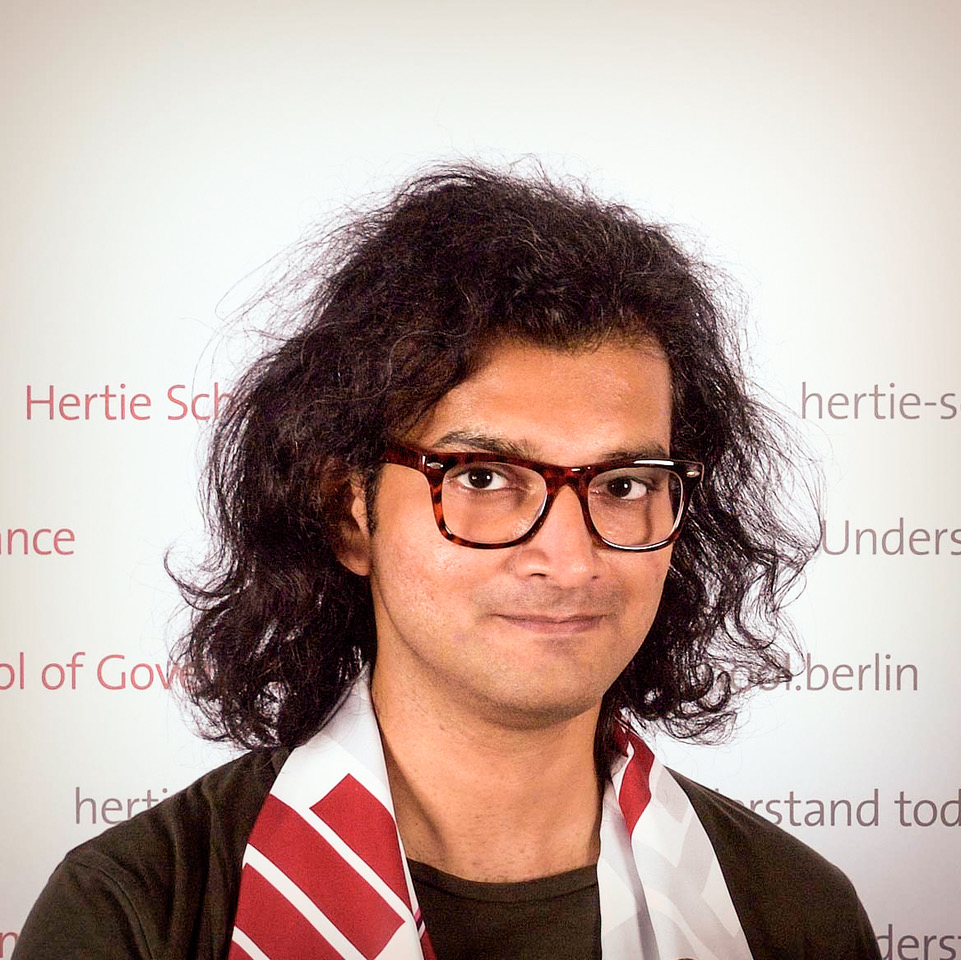
 Alexander Bauer
Alexander Bauer 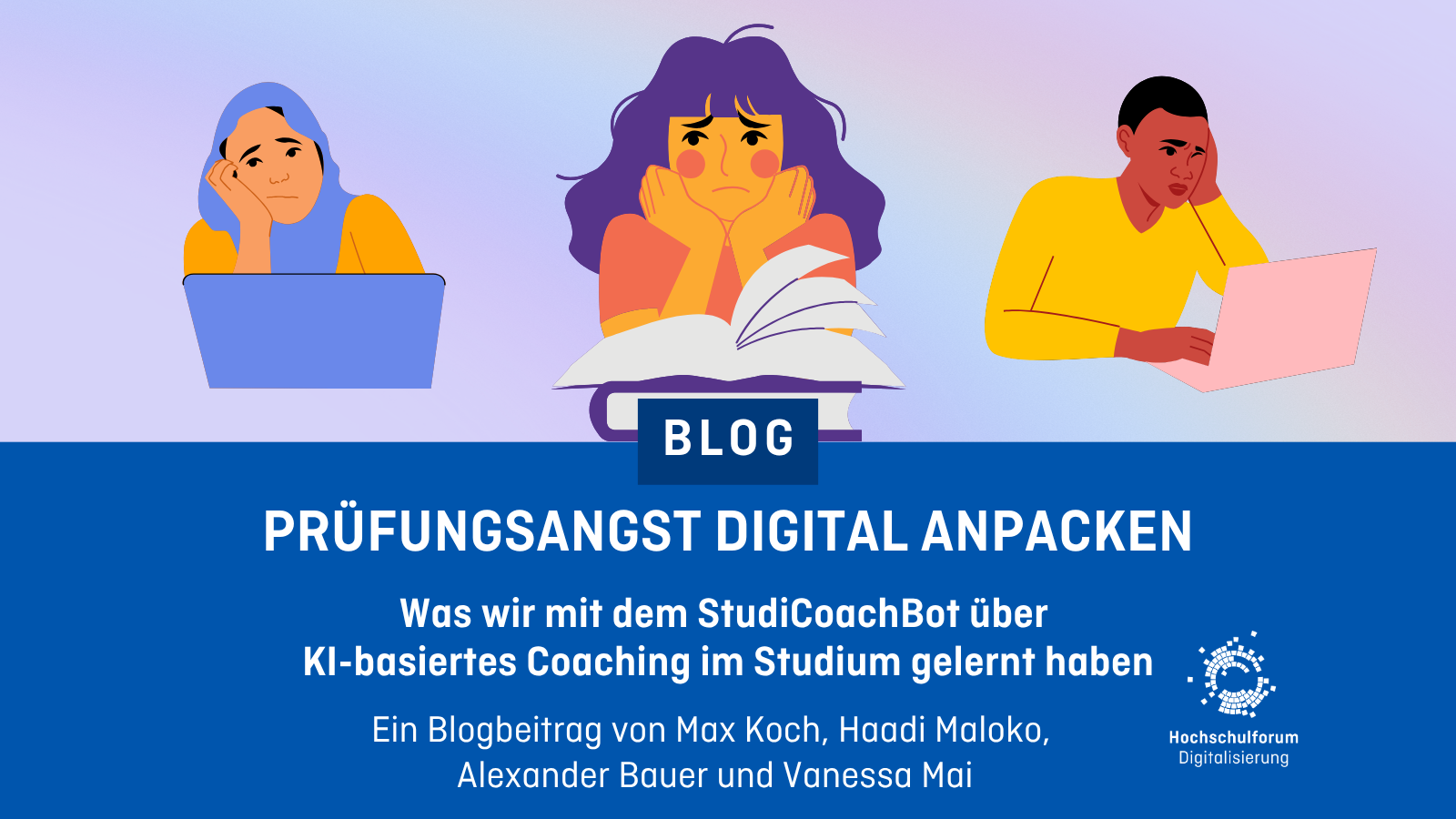
 Prof. Dr. Mike Altieri
Prof. Dr. Mike Altieri 
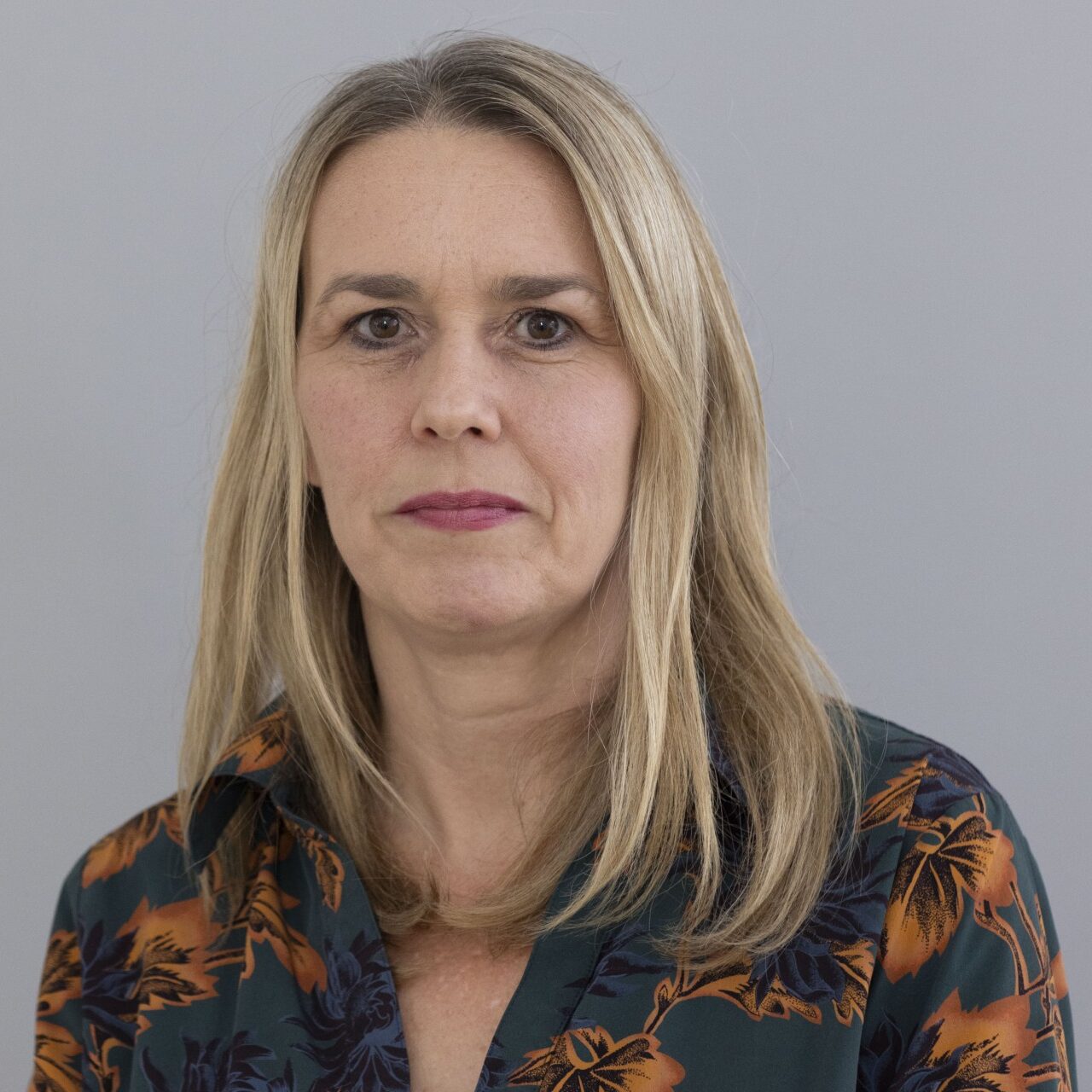 Prof. Dr. Judith Simon
Prof. Dr. Judith Simon 